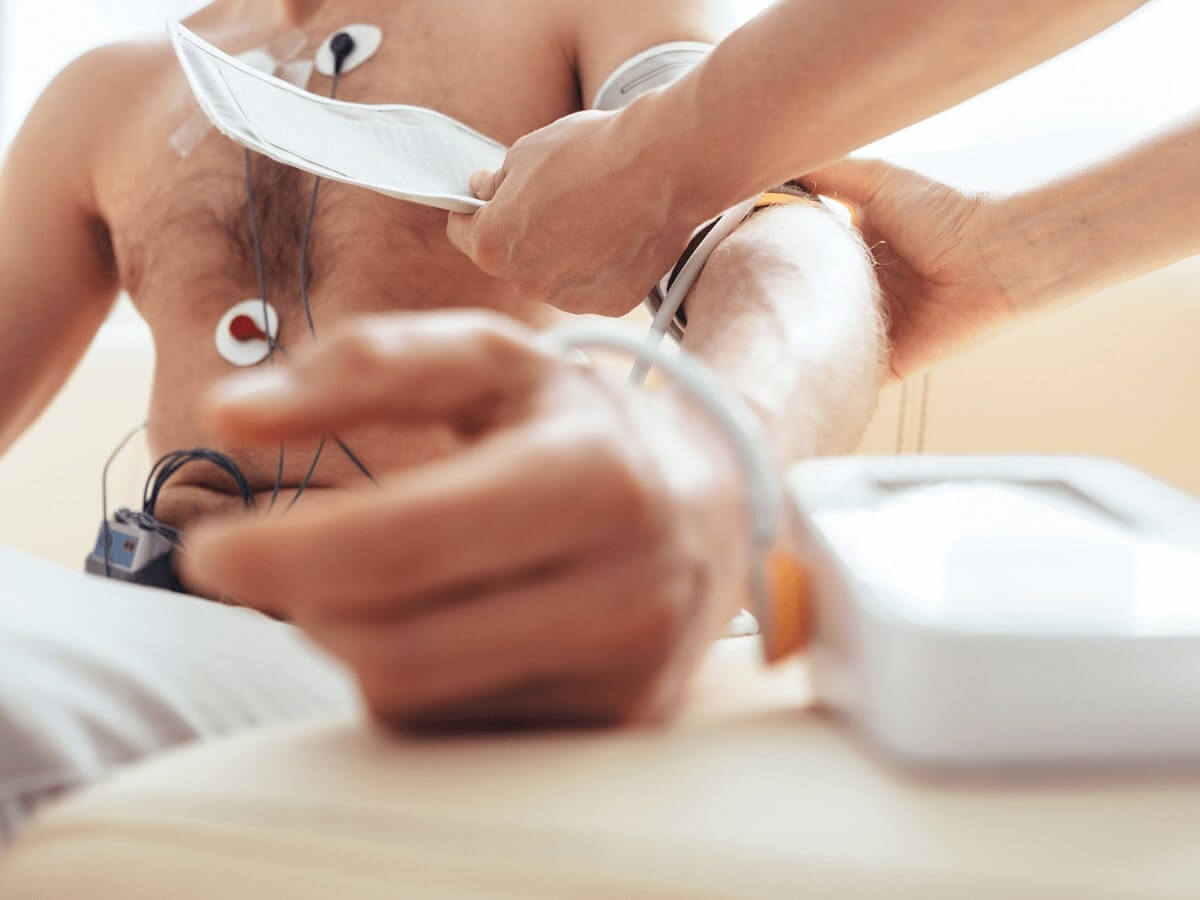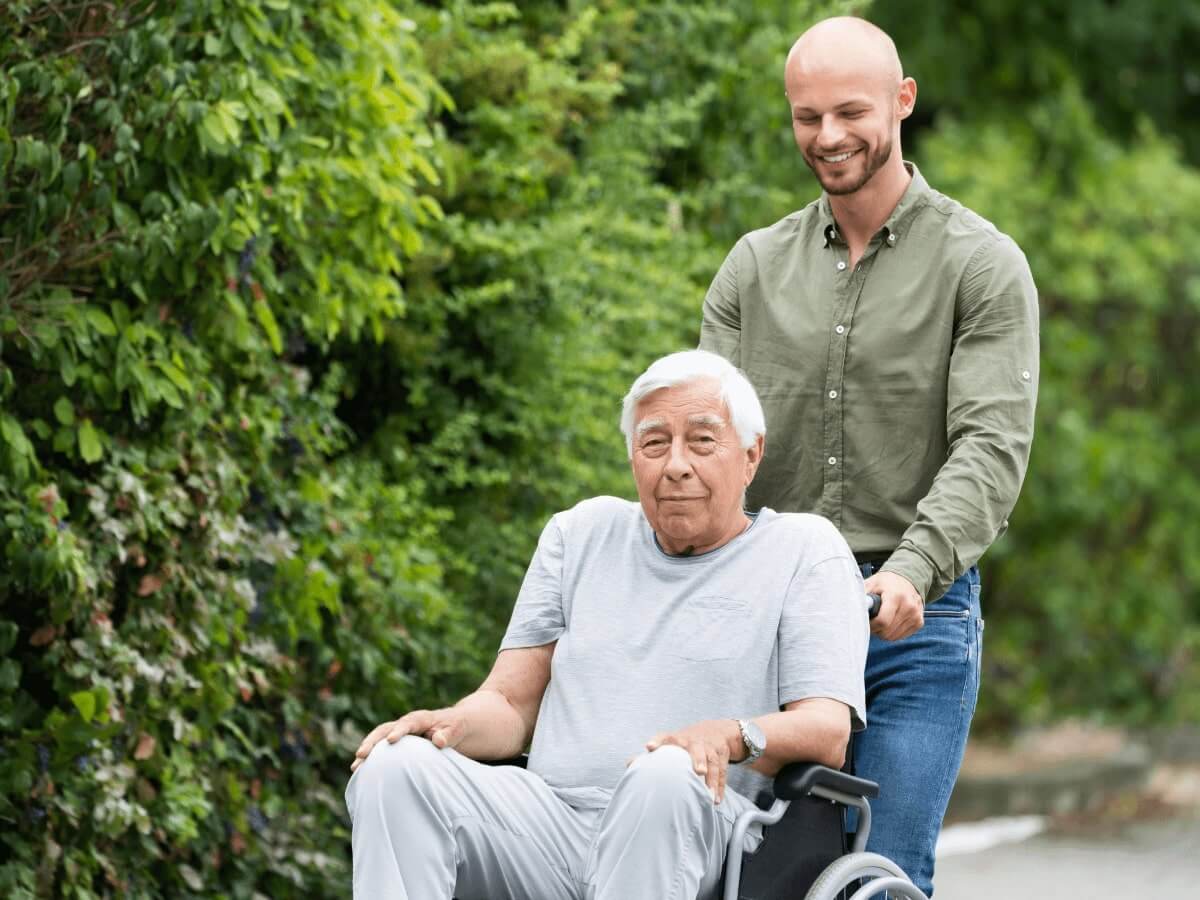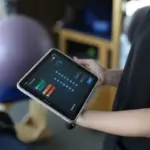The correlation between successful recovery from spinal cord injury and age is noticeable, with younger patients tending to achieve better results. The reasons for this however are varied, with both statistics and general health playing key factors.
The most common age range in which traumatic spinal cord injuries (SCI) occur is between 16 and 30 years old. Young adults tend to live more active lifestyles, putting them at greater risk of spinal cord injury. This does not mean however that older patients do not suffer spinal cord injury. Statistically, the most common causes of SCI are motor accidents and falls, both of which older patients are susceptible to. The pathophysiology of the injury and the number or quality of residual intact neural pathways are not affected by the patient’s age. However, age at the time of injury does remain an important factor in determining the subsequent recovery, largely due to broader physiological factors. In fact, many factors play important roles in the recovery process, a number of which are affected by age, as we will explore below.
Muscle Mass
Muscle mass plays an important role in spinal cord injury recovery, as a result of the physical therapy required to achieve results. As with any physical activity, stronger muscles with more mass are beneficial. Younger people tend to have higher lean body mass, relatively balanced muscle building hormones and higher intake-to-absorption ratio of various amino acids. In SCI patients, these factors contribute towards maintaining the existing muscle mass or recovering lost muscle mass with rehabilitation.
Cardiovascular and respiratory functions
Similarly, strong cardiopulmonary function play is important in enabling patients to go through extensive physical rehabilitation after a spinal cord injury. Younger patients tend to have a better cardiopulmonary function, allowing for better blood circulation around the muscles. This helps with blood pressure regulation and reduces the risk of autonomic dysreflexia. It also allows muscles to develop, grow and repair more quickly. Elderly patients are more likely to have cardiac or respiratory conditions which pre-exist their spinal cord injury.

Immune System
Following a spinal cord injury, the extent of scarring around the spinal cord and remaining fibers is perhaps the most important factor in determining subsequent recovery. A well-balanced and regulated immune system may help with tissue restoration, restoration of the blood supply to the injured spinal cord and reduction of the inflammatory response against the remaining spinal cord fibers. On the whole, older people tend to have slightly weaker immune systems, due to the reduced production of cells which play an important role in immunity, such as T cells and white blood cells. This means they do not heal as easily or quickly.
Bone Mass
Body weight and extensive locomotor training play an important role in the recovery process. Younger patients suffering from SCI tend to have better bone mass index and relatively balanced levels of various bodily hormones. This helps when performing extensive body weight and locomotor training. Patients with lower bone mass are less likely to be able to successfully weight bear, and also have higher risk of breakage in the unlikely event of a mishap during physical training.
Duration of Injury
Traumatic spinal cord injury and subsequent scarring of the spinal cord is a multi-factorial and complex process, involving many different pathophysiological and inflammatory factors. After an acute trauma, the spinal cord goes through a so-called “Shock Syndrome”, where all the remaining spinal pathways and functions partially or completely shut down. This lasts between 24 and 72 hours and after this the spared spinal pathways try to become functional. The body's acute inflammatory response is indicated by the level and type of inflammatory markers present during this time. This response plays a very important role in determining the extent of recovery. Following the acute inflammatory response, the body develops subacute inflammation which leads to scar tissue formation over the injured spinal cord. Many scientists and researchers believe this process of scarring takes about 2 years to complete. It is possible to disrupt this process, by using immunosuppressive medication and undergoing physical rehabilitation.

Moreover as time passes, patients start to develop various impediments to recovery such as:
Therefore, it’s important that spinal cord injuries are treated as soon as possible in order to achieve a better recovery.
- Weakened cardiovascular function
- Reduced levels of muscle building hormones
- Reduced levels of other important hormones
- Muscle mass loss
- Bone mass loss
- Joint contractures/immobility.
Therefore, it’s important that spinal cord injuries are treated as soon as possible in order to achieve a better recovery.
In all cases, regardless of the patient’s age, severity of the injury or the chances of any recovery, extensive rehabilitation programs including active and passive training and electrical stimulation should be implemented as soon as possible. At Verita Neuro, we have seen a direct correlation between the patient’s general physical health and co-morbidities and their recovery after epidural spinal cord stimulation and stem cell treatments. Therefore, older patients who are still in good general physical health have strong chances of seeing results as a result of treatment.
References
- Li-Chien Chien et al Age, Sex, and Socio-Economic Status Affect the Incidence of Pediatric Spinal Cord Injury: An Eleven-Year National Cohort Study. PLoS ONE 7(6): e39264.
- DeVivo MJ, Black KJ, Stover SL (1993) Causes of death during the first 12 years after spinal cord injury. Arch Phys Med Rehabil 74: 248–254.
- Frankel HL, Coll JR, Charlifue SW, Whiteneck GG, Gardner BP, et al. (1998) Long-term survival in spinal cord injury: a fifty year investigation. Spinal Cord 36: 266–274.
- Shavelle RM, DeVivo MJ, Strauss DJ, Paculdo DR, Lammertse DP, et al. (2006) Long-term survival of persons ventilator dependent after spinal cord injury. J Spinal Cord Med 29: 511–519.
- Puisto V, Kaariainen S, Impinen A, Parkkila T, Vartiainen E, et al. (2010) Incidence of spinal and spinal cord injuries and their surgical treatment in children and adolescents: a population-based study. Spine 35: 104–107.
- Kokoska ER, Keller MS, Rallo MC, Weber TR (2001) Characteristics of pediatric cervical spine injuries. Journal of pediatric surgery 36: 100–105.
- Ho JD, Hu CC, Lin HC (2009) Open-angle glaucoma and the risk of stroke development: a 5-year population-based follow-up study. Stroke 40: 2685–2690.
- Wu JC, Chen YC, Liu L, Chen TJ, Huang WC, et al. (2011) Effects of Age, Gender, and Socio-economic Status on the Incidence of Spinal Cord Injury: An Assessment Using the Eleven-Year Comprehensive Nationwide Database of Taiwan. Journal of neurotrauma.
- Kewalramani LS, Tori JA (1980) Spinal cord trauma in children. Neurologic patterns, radiologic features, and pathomechanics of injury. Spine 5: 11-18.






